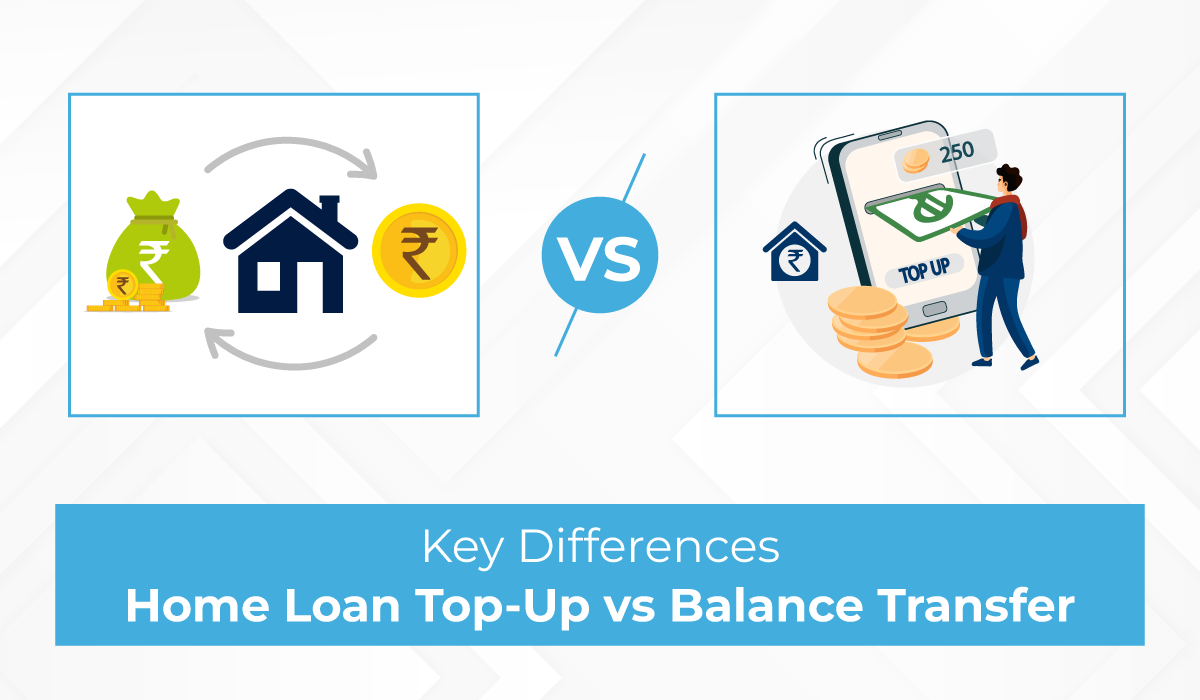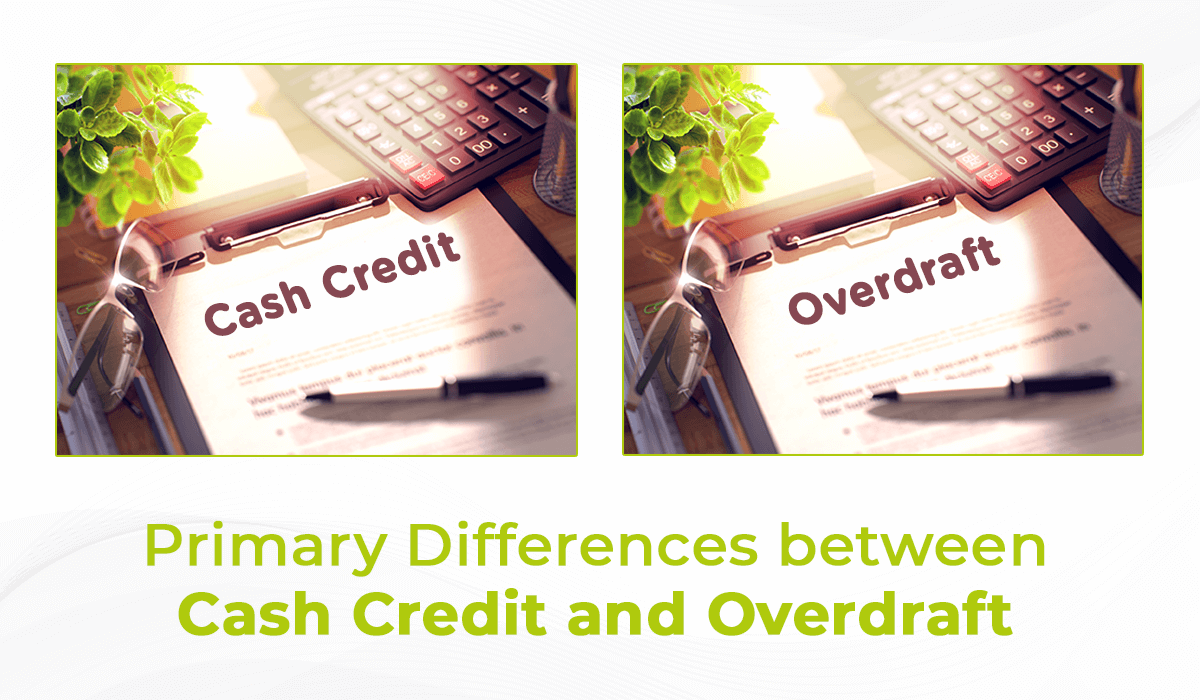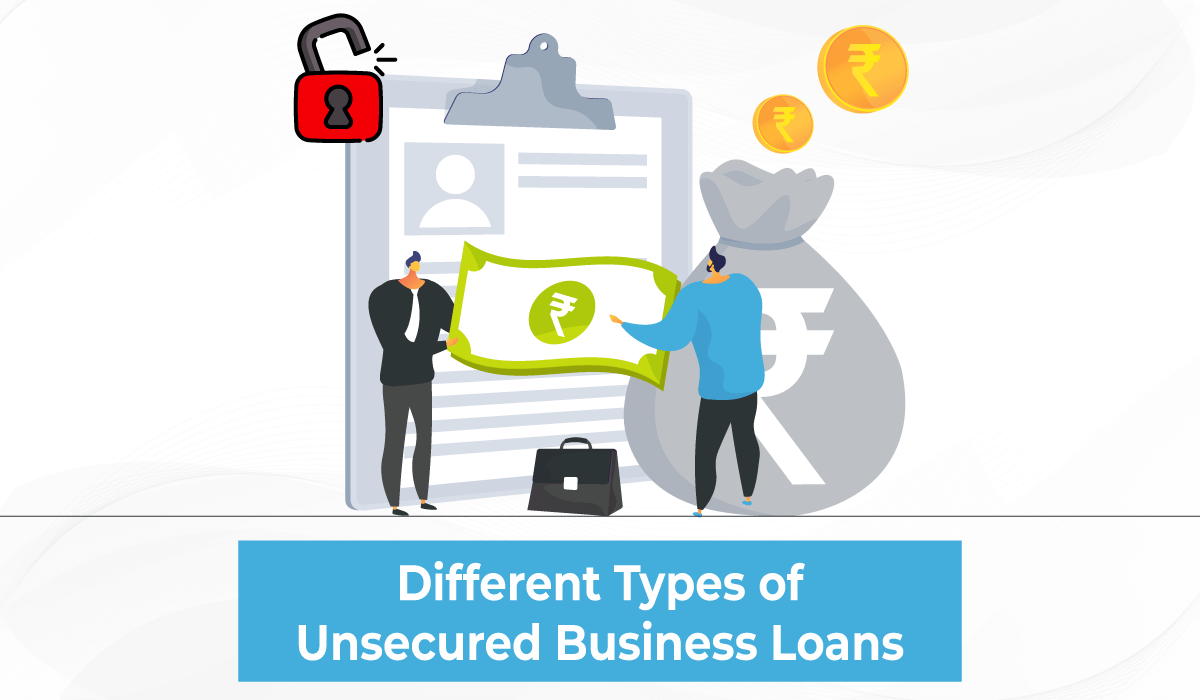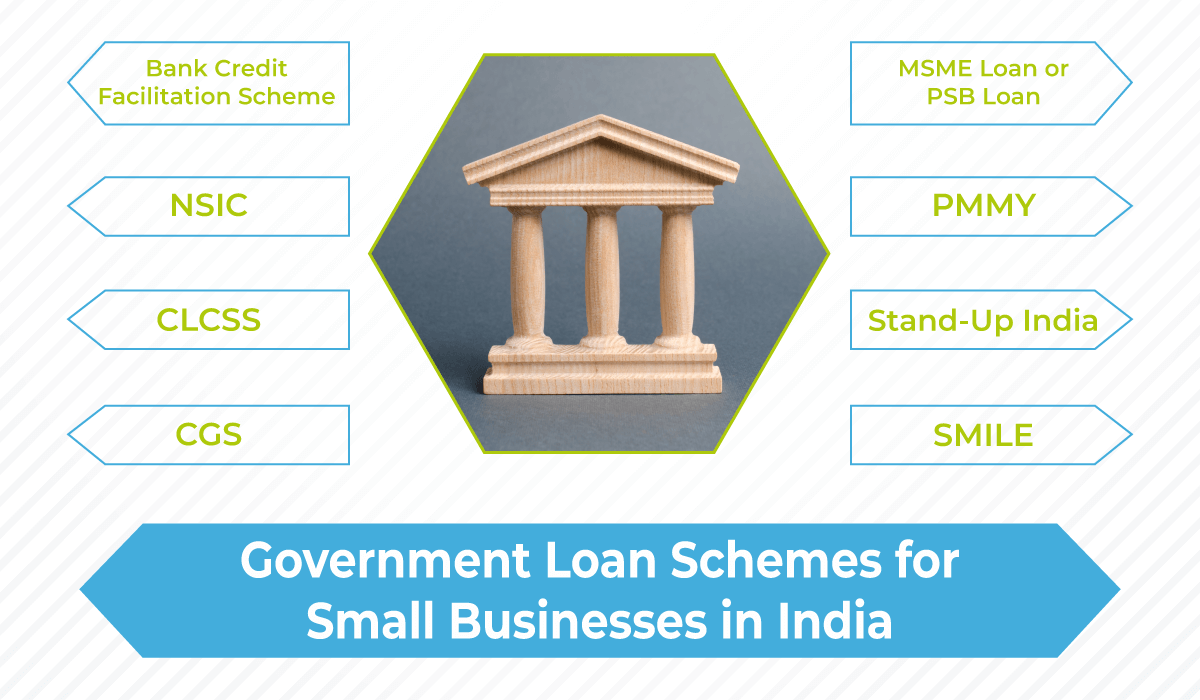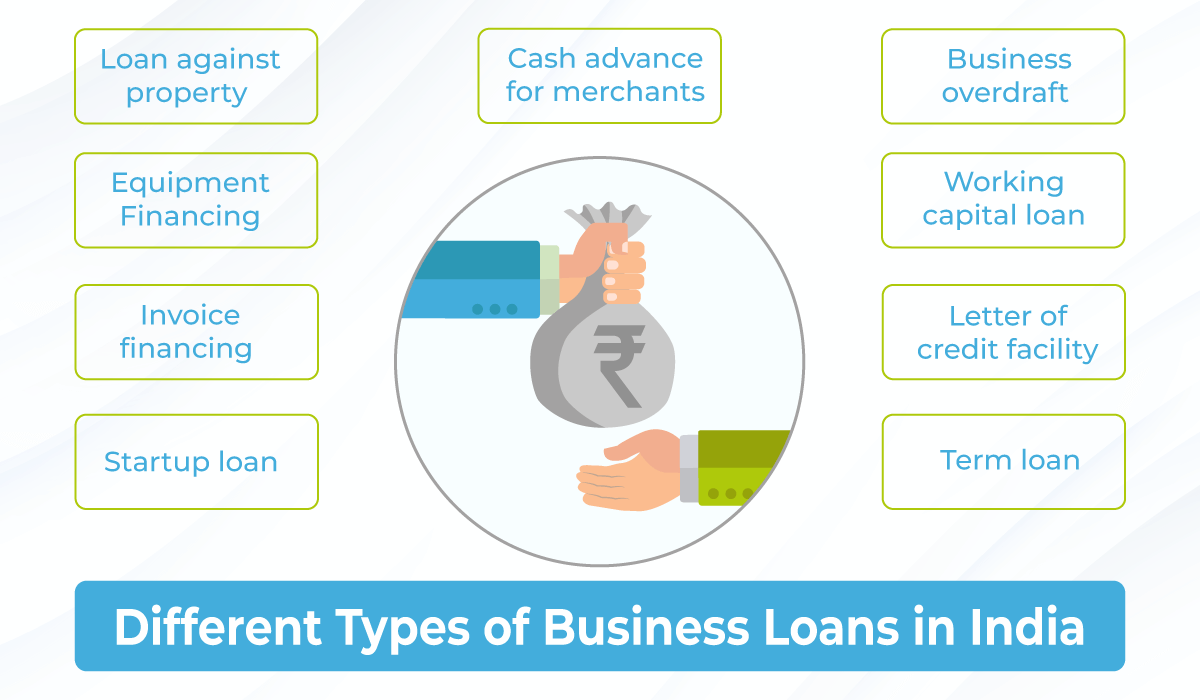Top Recommended Games for Indian Players on Betmaster
Exploring the vibrant world of online gaming can be exhilarating, especially for Indian players who are seeking new and exciting platforms to showcase their skills. Betmaster, a renowned name in the online gaming industry, offers a plethora of gaming options tailored for enthusiasts from India. For a comprehensive overview, make sure to check out our detailed BETMaster review, which covers all aspects of this popular site.
Why Choose Betmaster?
Betmaster has carved a unique niche among gaming platforms due to its seamless user experience and extensive game selections. One of the key reasons Indian gamers are drawn to Betmaster is its dedication to providing localized gaming solutions, making it easier for players to navigate and enjoy their favorite games.
Top Games Recommended for Indian Players
1. Cricket Betting
Cricket holds a special place in the hearts of Indians, and Betmaster https://www.betmasterplay.net/hi/
accommodates this passion by offering a comprehensive cricket betting platform. Players can engage in live betting, pre-match betting, and take advantage of various promotional offers centered around major cricket events.
2. Teen Patti
Teen Patti, or Indian Poker, is a popular card game that has been digitized by Betmaster. With both multiplayer and single-player modes, this game remains a favorite for many Indian users who enjoy strategic and luck-based challenges.
3. Online Slots
For those who enjoy a mix of luck and quick wins, online slots provided by Betmaster are perfect. The site offers a variety of themes and styles, ensuring that every spin is as thrilling as the last.

Exclusive Features for Indian Players
- Localized Payment Methods: Supports UPI, Net Banking, and popular e-wallets for convenient transactions.
- Customer Support: Dedicated support for Indian players to assist with queries around the clock.
- Bonuses and Promotions: Tailored bonuses that cater specifically to Indian festivities and events.
Security and Fair Play
Betmaster prioritizes the security of its players. The platform features state-of-the-art encryption technologies to keep personal and financial data safe. Additionally, games are audited for fairness, ensuring a secure and transparent gaming environment.
Conclusion
Betmaster stands out as a top choice for Indian players interested in a diverse range of gaming opportunities. With its focus on Indian-friendly options, reliable security measures, and a broad game selection, Betmaster continues to attract a growing audience of Indian gaming enthusiasts. Therefore, it is highly recommended to explore Betmaster and take advantage of its offerings designed specifically for Indian audiences.
Frequently Asked Questions (FAQ)
1. What is the minimum deposit required to play games on Betmaster?
The minimum deposit varies depending on the payment method, but it generally starts from a very accessible range which aligns with local preferences.
2. Can Indian players access Betmaster on mobile devices?
Yes, Betmaster offers a highly responsive mobile platform accessible through both iOS and Android devices, allowing players to enjoy gaming on the go.
3. Are there any exclusive bonuses for new Indian users on Betmaster?
Yes, new users from India are often eligible for exclusive sign-up bonuses and promotions that enhance their initial gaming experience.
4. How can players withdraw their winnings from Betmaster?
Players can easily withdraw their winnings using a variety of methods tailored to Indian users, such as UPI, e-wallets, and direct bank transfers.
5. Does Betmaster provide live sports betting options?
Absolutely, Betmaster offers comprehensive live sports betting options, covering a wide array of sports popular among Indian fans.
6. What languages are supported on Betmaster for Indian users?
Betmaster supports several local languages, making it easier for Indian players to navigate and make the most of their gaming experience.


